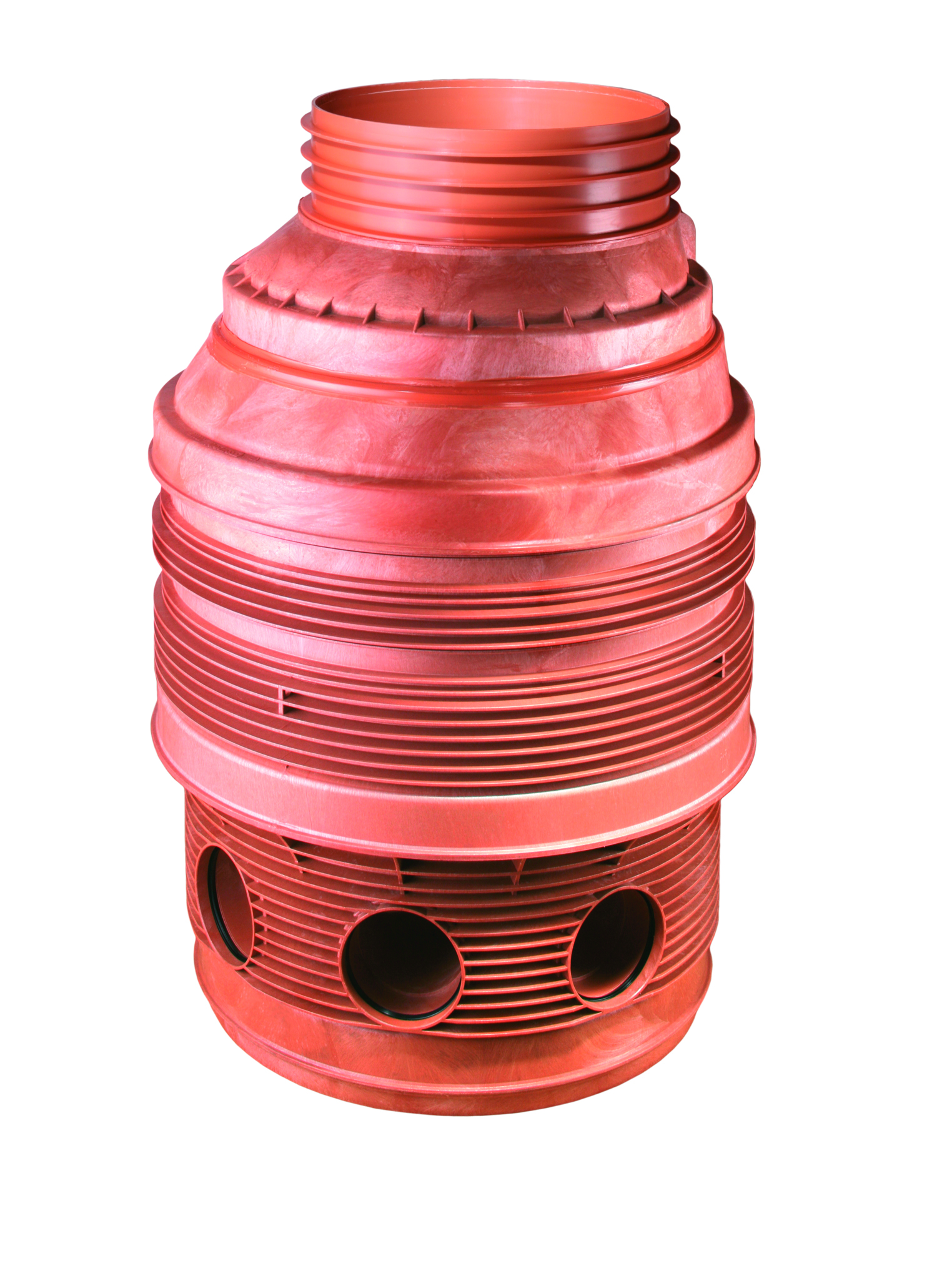
Paris is proud of its sewers – they evoke the curiosity of millions of visitors every year. But in St Malo, inspection of the inner workings of these subterranean networks has not been possible. Until now…
St. Malo is an historical walled city on the French coast of Brittany. In recent years, the appeal of ancient buildings and gastronomy (local shellfish!) has enhanced its popularity. During summer months, its population expands twofold. Reason enough for city engineers to modernize the city’s antiquated drainage and sewer infrastructure.
However, these vital services were delivered through a labyrinth of archaic structures built before the French Revolution. They were designed to accommodate man for the unenviable task of cleaning. Access for mechanical equipment for the purposes of renovation was not de rigueur.
Any structural improvement to the city’s sewer and drainage arteries had therefore to be light-weight, compact and entirely versatile. To complicate matters, a part of the city rests upon reclaimed land and lies below high-tide level. Something rather special was required to control the flow…
But what?
Exact Fit
Extremely light-weight polyethylene manholes with a wide diameter of 1000 mm were deployed throughout the separate drainage and sewer networks. Produced in three components –cone (top), shaft and base,they could easily be carried by two men and then quickly assembled onsite. Supplied with internal ladder, the plastic shafts were made in various standard heights and could also be cut and shortened to fit even the most obscure places exactly.
Various types of bases were also supplied depending on the flow requirements of the pipe network and the diameter of the pipes. In this instance, replacement pipes throughout the scheme were supplied in 300 mm and 400 mm diameters for the rainwater and sewer networks respectively.
For those shifting sands beneath the tide level, a combination of stones and geo-textiles provided firm bedding for manholes and pipe-work alike. A gentle pump pressure of 150 m3 per hour ensures a one-directional flow of treated water during high tide.
Smooth results
In St. Malo, French Revolution sewers and drains have now been replaced by revolutionary plastic manholes and pipe systems that meet all the norms of the new European millennium.
Compared to the concrete variety, these plastic manholes were quicker, easier and cheaper to install. Inside, their smooth surfaces will enhance the flow whilst ensuring easy cleaning and thus low maintenance.
Made from polyethylene, they will withstand a host of chemical agents that are invasive for non-plastic materials. Outside, their ribbed design and flexibility will add stability to any sinking forces. In short: they are extremely durable. When asked what he did during the French Revolution, the cleric Emmanuel Joseph Sieyes replied: “J’aivecu” – “I survived.” And so will these plastic manholes – they will perform for many generations to come…
